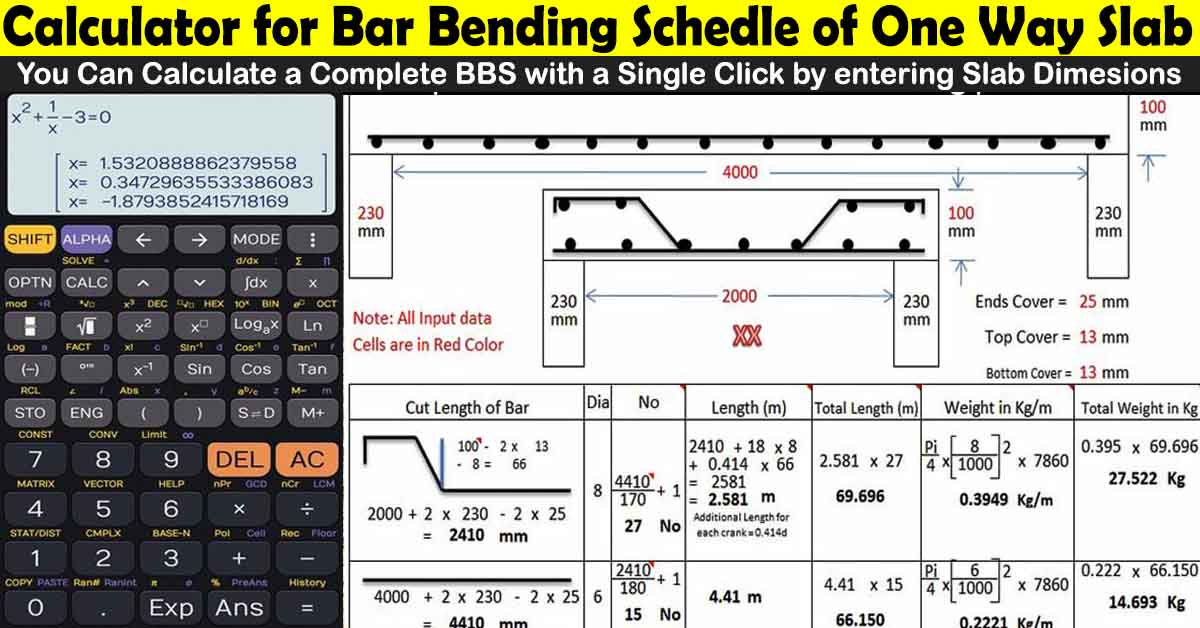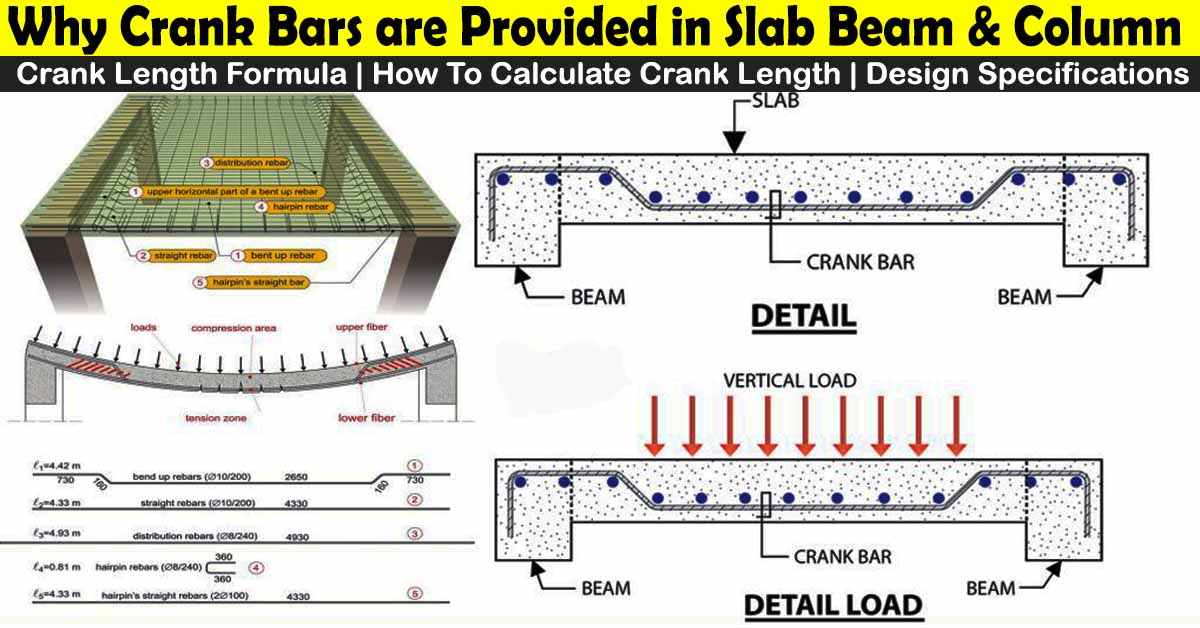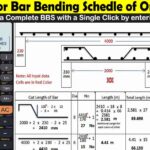Last updated on: March 25, 2023
Method Statement of Polyurethane Waterproofing for Walls and Roof | Work Procedure
In this article today we will talk about the Method Statement of Polyurethane Waterproofing | Waterproofing for Walls | Waterproofing for Roof | Polyurethane Waterproofing Procedure | Polyurethane waterproofing products | Types of Waterproofing | Fosroc Polyurethane Waterproofing | Fosroc Waterproofing Procedure | Waterproofing Method Statement
Method Statement of Polyurethane Waterproofing for Walls and Roof:
1. Introduction: Method Statement of Polyurethane Waterproofing
The objective of this method statement is to describe work procedure, safety measures, and tools & equipment for polyurethane waterproofing application with the requirements of constructions procedures. Work to be performed by a subcontractor.
2. Scope of Work:
The purpose of this method statement is to describe the procedure for polyurethane waterproofing work in compliance with the contract documents and approvals for the project. Waterproofing for Walls
3. References:
- Project Technical specifications
- Health and Safety Plan
- Construction Environmental Management Plan
- Project Emergency Response Plan
- Project Minimum Construction Standards
4. Tools and Equipment Required:
- Power tools (Air pressure machine) – 01
- Roller – 02 Waterproofing for Walls
- Spray machine – 01
- Fire extinguisher – 01
- Cutting knife – 01
- Measure tape – 01
5. Man Power:
- Supervisor – 01
- General Workers – 10 Waterproofing for Roof
6. Key Materials Required:
- Polyrex SP 30/4 FR from BCI / master seal SPF 740 (BASF) spray polyurethane foam fire-rated class, B 2 with approximate density 40-45 kg/m2 and average thickness of 40 mm. Waterproofing for Roof
- Fast setting pure polyuria elastomeric waterproofing coat FOSROC POLYUREA WPE from FOSROC / master seal M811 from BASF.
- Colour stable, fire retardant, flexible polyurethane coating using FOSROC NITOPROOF UVR topcoat from FOSROC / masterseal TC244 (BASF).
7. Specific Identified Residual Hazards:
- Manual Handling
- Use of Hand/power tools
- Chemical Handling
8. Specific Staff Training Requirements:
Before the start of the work all persons involved in the activity will be briefed on the content of this Method statement. Types of Waterproofing
9. Sequence of Activities: Method Statement of Polyurethane Waterproofing

9.1 General:
- All Materials to be used shall be as per approved material submittal and Inspected by the consultant. Waterproofing for Walls
- The work described in this Section covers the supply, installation, and quality of the materials and workmanship for the entire waterproofing work.
- When feasible begin the application at the highest point of the highest roof level and work to the lowest point to prevent moisture infiltration and minimize construction traffic on completed sections.
- Mechanical operated tools should be inspected before using and should be powered off after using.
- The worker shall wear appropriate eye protection while handling resin-based materials.
- When using high-pressure plural component spray equipment all personnel working in the application area must wear double filter breathers, masks, or respirators suitable for vapors. Types of Waterproofing
10. Work Methodology:
10.1 Mock-Up:
- Prepare mockup as per approved material and approved drawing.
- An Engineer accepted field mock-ups may be integrated into work.
10.2 Delivery, Storage, and Handling:
- Deliver material to the job site in the manufacturer’s original, material wrapped with the manufacturer’s name, brand name, and description of contents and transport at site according to approved logistic plan.
- Comply with the manufacturer’s written instructions.
- Follow the project safety procedures and regulations while loading and off-loading the materials at the job site. Waterproofing for Roof
- All materials should be inspected by QC prior released from the store and be used at the site.
10.3 Pre-Application:
- Application of waterproofing will not be permitted in exterior areas during rainy, damp, foggy, or excessive wind weather conditions.
- After stripping the formwork and upon completion of the concrete curing period inspecting the concrete surface for concrete works, the defective areas on the concrete should be repaired before any waterproofing activities.
- Surfaces to receive roofing system should be dry and free of loose coatings, surface curing agents, wax, or other contaminants
- Joints between roof slabs other than expansion joints shall be filled with mortar
- Electrical conduits and services entries (Including sides) shall be sealed with mortar
- Rainwater pipes shall be in place at a specific height as per slope
- Vertical parapet should be plastered to the required height.
- Roof door threshold should be in place.
- AC or water pipe sleeves should be in place at a minimum height of 200mm.
- Drain to be fixed before application of waterproofing. Types of Waterproofing
10.4 Protection of Adjacent Surfaces:
- Protect surfaces near roofing operations from spray or roofing materials.
10.5 Installation Procedure:
10.5.1 Waterproofing Application:
- The “PU foam spray” shall be applied in accordance with the specification and
Instructions from the product data-sheet. Types of Waterproofing - The thickness of Spray polyurethane foam shall be approximately 40 mm thick with an approximate density is 40-45 kg/m2.
- The polyurethane foam surface shall be allowed to cure sufficiently. The full thickness of polyurethane foam in any area shall be completed before the end of each day. If due to weather conditions more than 24-hour elapse between polyurethane foam and coating application, the polyurethane foam shall be inspected for UV degradation, oxidation, or contamination. Polyurethane waterproofing products
- The finished surface must be smooth, free of voids blisters, and services, and free of draining. Types of Waterproofing
- Extend foam up walls and around roof projections to form cants and flashings that terminate 100 mm (4 inches).
- Cured foam: free from water, dust, and other materials which would impair adhesion of the protective coating.
- No foam shall be allowed to stand overnight without a base protective coating. Cure foam at least one hour before application of protective coating.
- Correct any non-adherence of foam to substrate and finish pinholes flush with an approved sealant before the final coating is applied.
- Do not overspray to correct an unacceptable surface condition.
- The polyurethane foam application shall not apply the polyurethane foam below the temperature and/or humidity specified by the product data sheet for ambient air and substrate. Wind barriers may be used if wind conditions could affect the quality of installation. Types of Waterproofing
10.5.2 Surface Finish:
- Any damage or defects to the polyurethane foam surface shall be repaired before the protective coating application. Polyurethane waterproofing products
- The polyurethane foam surface shall be free of moisture, frost, dust, debris, oils, tars, grease, or other materials that will impair the adhesion of the protective coating.
10.5.3 Spray Technique:
- Distance of gun substrate: Approximately.
- 5 to 45 cm from the substrate for walls
- 80 to 100cm for roofs (depending on the gun).
- Gun is held perpendicular to the substrate. The speed of the arm dictates the thickness of the pass. At the left and right edge, either move the gun faster to apply less product or trigger the gun off and on. This is called feathering.
- Continue back over your first pass but at a 50% overlap, continue arcos the substrate at the same speed. As the foam is sprayed with a 50% overlap, the sprayed will notice a wave effect; continue feeding the wave until the substrate is covered. The same applied whether spraying vertical or horizontal.
- Too far from substrate increase diameter and amount of overspray, resulting in a pebbled surface, with a decrease in yield.
- Delivery of foam to the substrate is affected by the increased effect of wind and temperature on the spray pattern.
- The gun must be held perpendicular to the substrate; different angles can cause elongation of the cell structure. This negatively affects the physical and thermal properties of the foam, providing a rough and uneven surface.
- Maximum thickness per pass is between 15 and 20 mm, less than this could negatively affect the rise of the foam. An increasing number of inter-laminar skins increases density and a reduction in yield, more than this could cause elongated cells which affects the physical and thermal properties of the foam. If more than three passes are required, allow them to cool. Polyurethane waterproofing products
10.5.4 Waterproofing Coat – Polyurea Application:
- All surfaces must be clean and free from debris, loose or flaking material, standing water, oil, grease, and organic growth.
- Fosroc Polyurea is spray-applied using a plural-component proportioner with an air purge or mechanical purge spray gun.
- Apply Fosroc Polyurea at a consistent rate using a standard cross-hatch spray pattern, with a minimum of 2 alternate directional passes for complete coverage, at the required application coverage rate
- Thickness 1.5mm thick minimum. Polyurethane waterproofing products
10.5.5 Top Coat Application:
- After the polyuria is dry apply a layer of 200 microns Nitoproof UVR Topcoat over the polyuria as per manufacturer standards. Fosroc Waterproofing Procedure
10.5.6 Water Tightness Test:
- Seal all drains and water discharge outlets before water test.
- Flood the roof with water and leave for 24-hours. Visually check all locations of the roof underside for any leaks.
- In case of Leakage the area to be repaired should be marked and the spray foam including the protective coating to be re-applied. After curing the flood, the area with water and check for leakage again after 24-hours.
- Once it has been determined that the roof is effectively watertight free the roof from the water. Fosroc Waterproofing Procedure
11. Inspection Hold Point:
- Any materials shall be needed before Approval from the Consultant.
- Material inspection is required when material arrived at the site.
- Survey & layout inspection before starting the installation of the above-stated material.
- Installation material pre and final inspection of surface level.
- Water tightness test for leakage. Fosroc Polyurethane Waterproofing
12. Monitoring and Compliance:
- A Supervisor and HSE officer will be monitoring the activity at all times. The supervisor will ensure that the RAMS are communicated to the operatives before the commencement of the activity.
- START briefing will be conducted and communicated to the operative. HSE Officer will ensure that all required documents are valid and available. 3rd party certificates for equipment, an inspection of safety equipment, and verification require training of employees Fosroc Polyurethane Waterproofing
- Before starting activity work permit to issue and approved by all relevant parties.
13. Access and Egress to Working Area:
- Access and egress to the working areas will be as follows:
- Designated working areas to be identified and barricaded. Approved signage (e.g.: ear protection, dust mask, slipping hazard, falling object, etc.) Shall be will be followed in the working location. Access will be provided as per parcel availability.
- Ensure lifeline and anchorage point are inspected and certified.
- Lifeline to be installed as per requirement.
14. Fall Protection Measures:
- Anchors to be identified before installation of a lifeline.
- Life will be inspected by 3rd party and approved certification will be available in the working area.
- Full body harness will be used during activity and anchored points (LANYARD) will be
attached to the lifeline.
15. Safe Working Loads:
- Lifeline as per 3rd party recommendation
16. Required P.P.E:
The following Personal Protective Equipment (PPE) will be used during the activities
- Head Protection ( Hard hat)
- Hand protection ( Hand gloves and fire-resistant gloves (if required)
- Foot protection (Safety Shoes)
- High visibility Vest
- Respiratory protection (as per MSDS)
17. Emergency Procedures & Arrangement:
- In case of any Emergency, emergency arrangements will be carried out in accordance with the Emergency Response Plan.
OTHER POSTS:
- How to Prepare Bar Bending Schedule
- Can You Lay Asphalt In Winter
- Method Statement for Cast in Place Concrete Works
- 30+ Bar Bending Schedule Formulas | BBS Steel Calculation
- Method Statement for Trench Excavation and Backfill for Electrical Cables
Conclusion:
Full article on Method Statement of Polyurethane Waterproofing | Waterproofing for Walls | Waterproofing for Roof | Polyurethane Waterproofing Procedure | Polyurethane waterproofing products | Types of Waterproofing | Fosroc Polyurethane Waterproofing | Fosroc Waterproofing Procedure | Waterproofing Method Statement. Thank you for the full reading of this article on the “QA QC in Construction” platform in English. If you find this post helpful, then help others by sharing it on social media. Please share this article on social media for future uses.







pliz do we have short courses
Thanks for comment, For more related posts please visit Civil, Arch, Electrical and Mechanical Tab in File menu